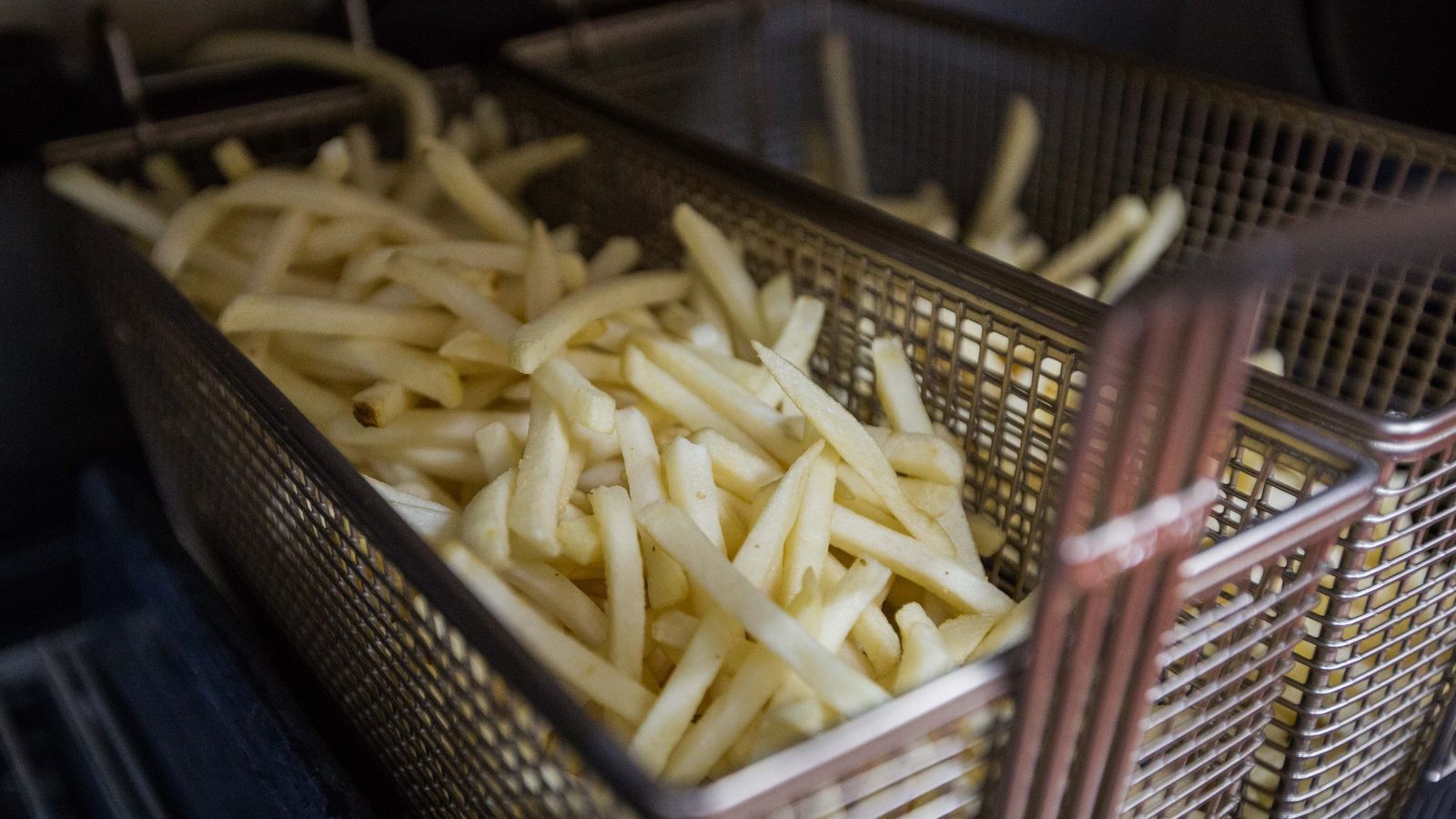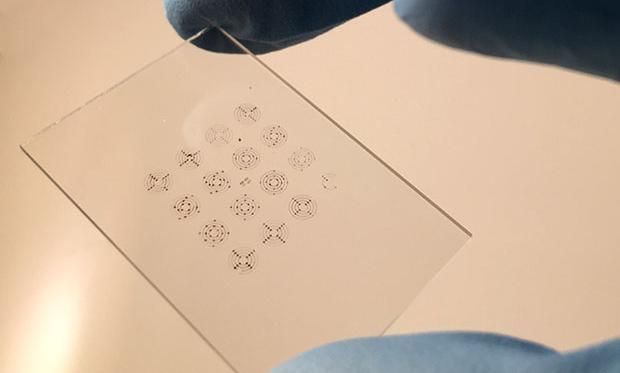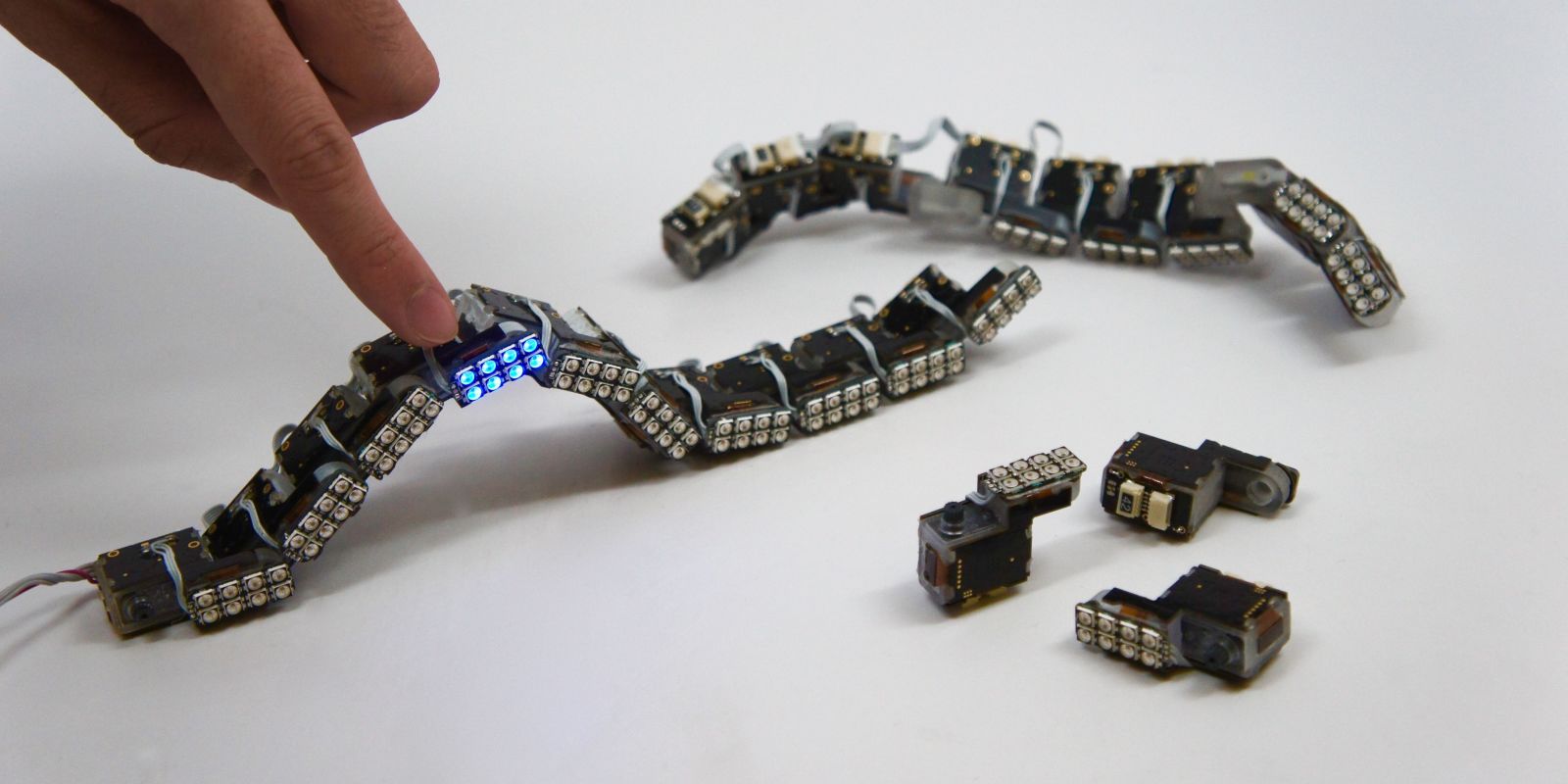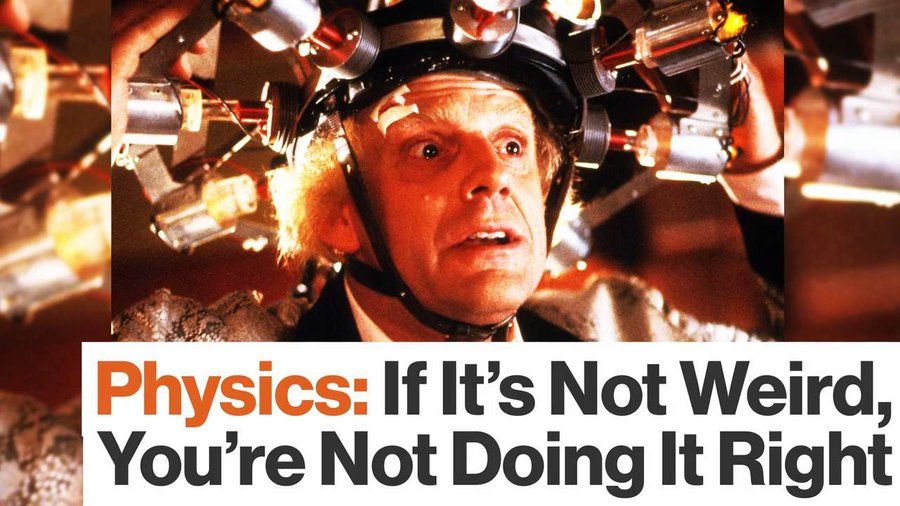Page 10637
Dec 10, 2016
NATO’s largest cyber defence exercise: Cyber Coalition 16
Posted by Roman Mednitzer in category: cybercrime/malcode

The #NATO exercise, located in Tartu, Estonia, featured a simulated #cyber-attack, where participants worked together to identify the threat and mitigate the impact before it could spread across national systems. The participants tested and trained how to share information about cyber incidents in a rapid and efficient way, and how to coordinate their cyber defences in case of an attack.
To know more check us at https://www.shape.nato.int/2016/cyber-coalition-16-ends-nato…e-exercise
Dec 10, 2016
An Interview with Mantas Matjusaitis of CellAge, Crowdfunding New Senescent Cell Markers and Removal Methodologies
Posted by Steve Hill in categories: bioengineering, biotech/medical, life extension
FightAging! interviews Mantas from CellAge about their campaign on Lifespan.io / Life Extension Advocacy Foundation and talks about senolytics and synthetic biology.
I mentioned CellAge some weeks ago; a new entry to the collection of companies and research groups interested in developing the means to safely identify and remove senescent cells from old tissues. A few days later one of those companies, UNITY Biotechnology, announced a sizable $116 million venture round, which certainly put the field on the map for anyone who wasn’t paying attention up until that point. In contrast, CellAge are determinedly taking the non-profit route, and intend to make the progress they create freely available to the field. Why are senescent cells important? Because they are a cause of aging, and removing them is a narrowly focused form of rejuvenation, shown to restore function and extend healthy life in animal studies. An increasing number of senescent cells linger in our bodies as we age, secreting signals that harm tissue structures, produce chronic inflammation, and alter the behavior of nearby cells for the worse. Senescent cells also participate more directly in some disease processes, such as the growth of fatty deposits, weakening and blocking blood vessels, that takes place in atherosclerosis. By the time that senescent cells come to make up 1% of the cell population in an organ, their presence causes noticeable dysfunction and contributes significantly to the progression of all of the common age-related diseases.
This coming Monday, the CellAge team will be hosting an /r/futurology AMA event — the post is up already if you want add your own questions for the scientists involved. Earlier this week, the CellAge principals launched a crowdfunding campaign with Lifespan.io: they are seeking $40,000 with stretch goals and rewards beyond that to get started on their vision for senescent cell therapies. If you’ve ever wanted the chance to have a DNA promoter sequence named after you … well, here it is. This has certainly been a busy year for community fundraising in rejuvenation research: I imagine that things will heat up even more in the years ahead. The CellAge view of the field of senescent cell clearance is that the markers currently used to identify senescent cells are too crude and lacking in specificity.
Dec 10, 2016
NASA’s Working on a Nano-Starship That Travels at 1/5 the Speed of Light
Posted by Klaus Baldauf in categories: nanotechnology, space travel

In April, a team of scientists including Stephen Hawking announced a mind-boggling new project to explore interstellar space, using lasers to propel a nano-spacecraft the size of a postage stamp to our nearest star system, Alpha Centauri.
If they could get their little ‘StarChip’ spacecraft to travel at 20 percent the speed of light, it could arrive in just 20 years. But how would the electronics on such a tiny, vulnerable spacecraft survive for 20 years in the hostility of space?
Continue reading “NASA’s Working on a Nano-Starship That Travels at 1/5 the Speed of Light” »
Dec 10, 2016
Robots are already replacing fast-food workers
Posted by Shane Hinshaw in categories: food, robotics/AI
Dec 10, 2016
Forest of Carbon Nanotubes Stamps Electronic Ink Onto a Surface
Posted by Klaus Baldauf in categories: electronics, nanotechnology
Dec 9, 2016
AI Will Colonize the Galaxy by the 2050s, According to the “Father of Deep Learning”
Posted by Andreas Matt in categories: robotics/AI, space
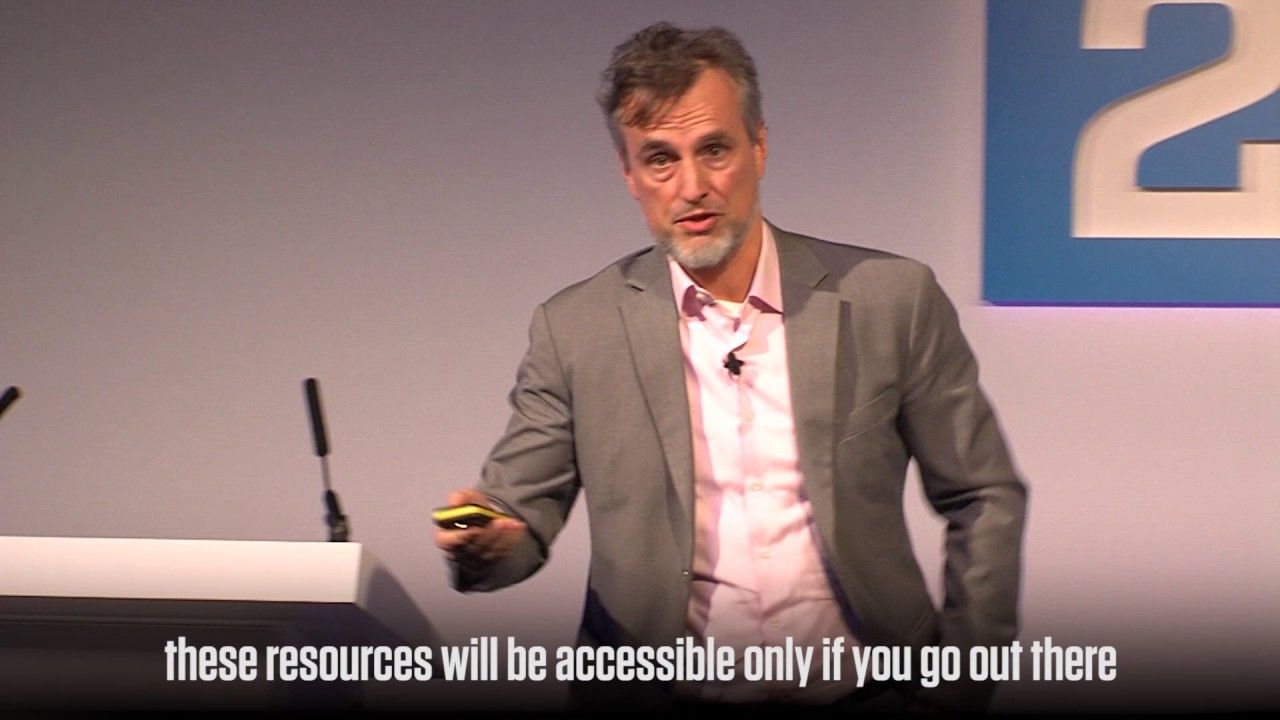
In Brief
- Jürgen Schmidhuber asserts that, by 2050, there will be trillions of self-replicating robot factories on the asteroid belt.
- In a few million years, robots will naturally explore the galaxy out of curiosity, setting their own goals without much human interaction.
Dec 9, 2016
This Caterpillar of Robots Could Become Whatever You Need
Posted by Shane Hinshaw in category: robotics/AI
Dec 9, 2016
Quantum Telepathy: Why Science Needs Weird Ideas to Advance
Posted by Shane Hinshaw in categories: quantum physics, science
George Musser explains the central role of weirdness in physics, and shatters the dreams of those who hope humans can one day tap into psychic powers.
Dec 9, 2016
Ginkgo Bioworks – Nanobots Are Finally Here
Posted by Shane Hinshaw in categories: bioengineering, biotech/medical, genetics, nanotechnology
We recently wrote an article about how we need to redefine what “nanotechnology” means in the context of looking for “nanotech” companies to invest it. When you can use synthetic biology and gene editing to change the way that bacteria function by genetically modifying them, the result are microscopic biological machines. These tiny biological machines sound a whole lot like the nanobots that we were promised which would go around doing cool things without even being visible to the human eye. Earlier this year we profiled three companies that we claimed were working on building nanobot factories that create designer organisms on demand. Let’s take a closer look at one of these companies called Ginkgo Bioworks.

Founded in 2008, Massachusetts based startup Ginkgo Bioworks has taken in a total of $154 million in funding so far with their latest $100 million Series C round closing in summer of this year. The Company refers to themselves as “the organism company” and their value proposition has attracted investment from a whole slew of investors who realize the potential of developing new organisms that can replace technology with biology. In their own words, Ginkgo Bioworks is doing “programming without a debugger, manufacturing without CAD, and construction without cranes” which requires a whole lot of intellectual firepower and may be why they have 5 founders:


